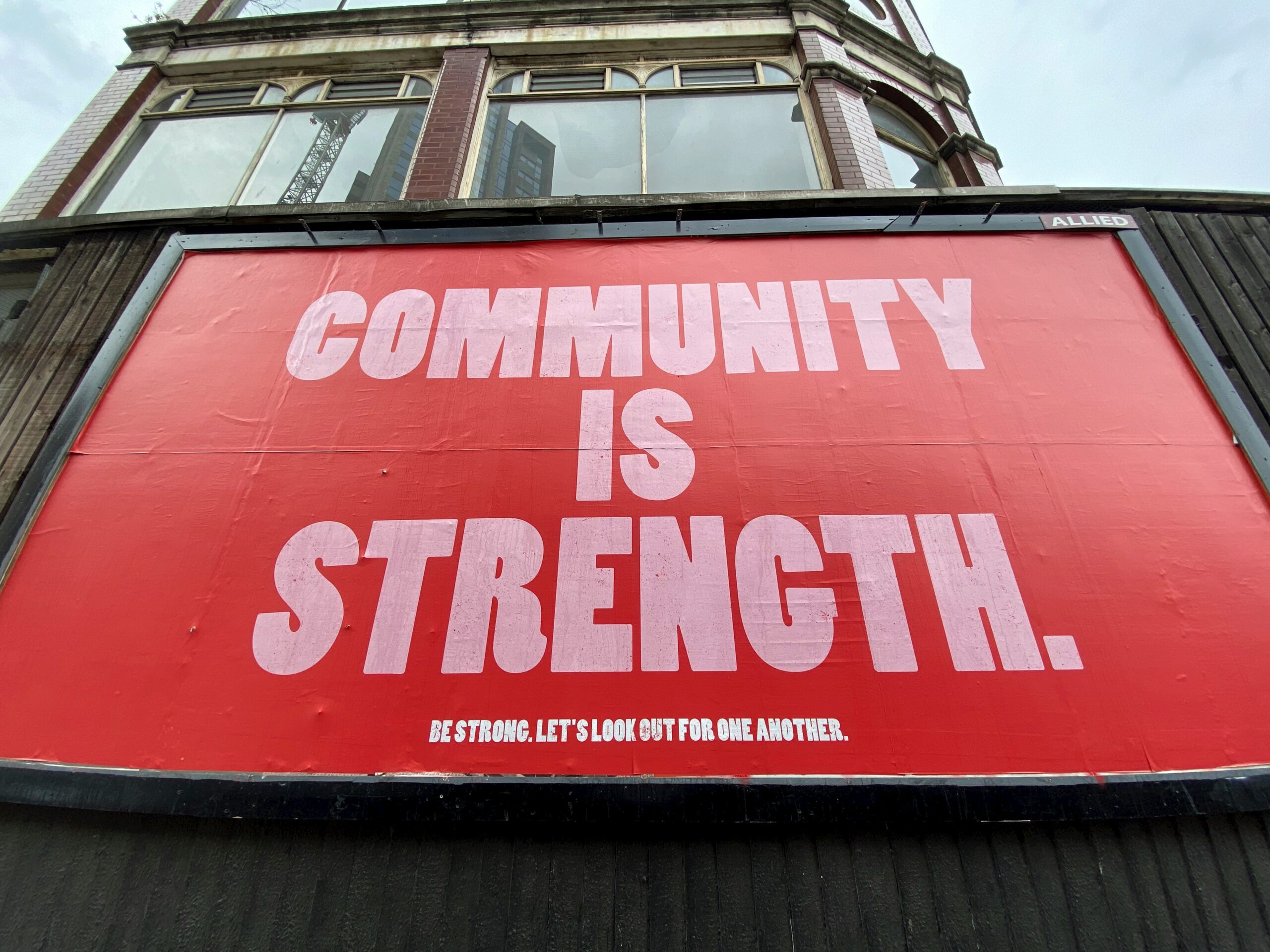
From white elephants to a sustainable legacy
The scrutiny of infrastructure planning for the Brisbane 2032 Olympics is intensifying. In alignment with the International Olympic Committee’s emphasis on sustainability and legacy, venues must prioritise plans that ensure a lasting positive impact, conforming to the standards of the ‘the new norm’.






